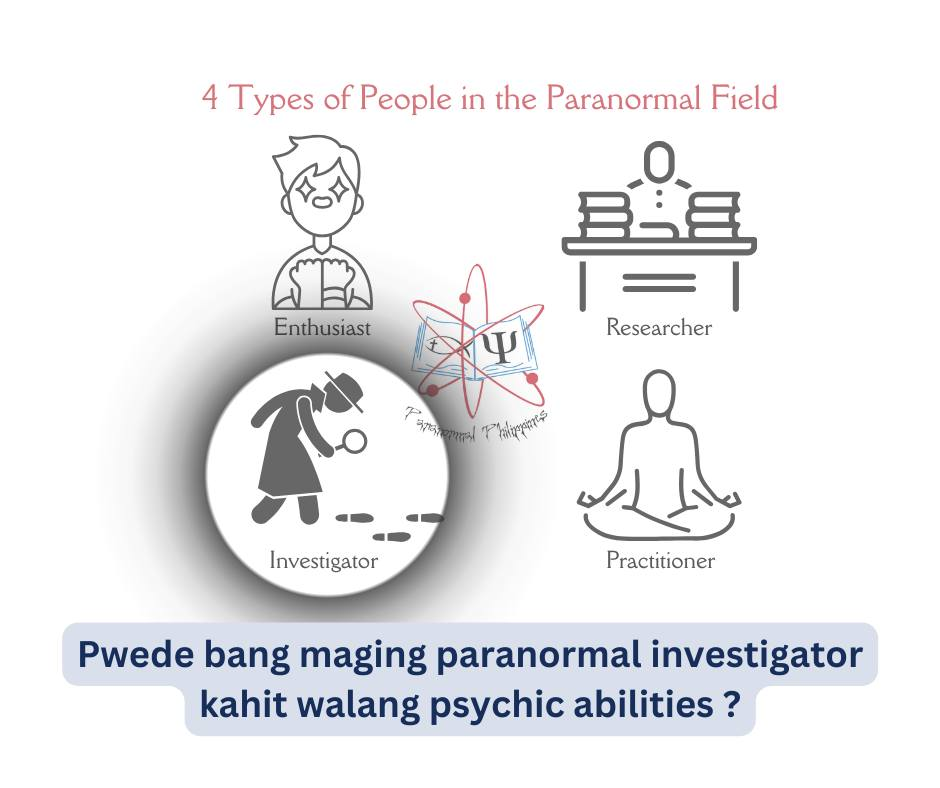Equipment for Paranormal Investigations
👤 Personal Essentials (Every Investigator Should Carry)
-
Notepad, Pens, and Pencils – For independent notes and timing of events.
-
Wristwatch – Critical when phones/devices are turned off to avoid interference.
-
Appropriate Clothing & Footwear – Chosen by location, weather, and time of day.
-
Flashlight/Torch – Preferably dimmable or with a red filter to preserve night vision.
-
First-Aid Kit – For minor injuries or accidents.
-
Food, Drinks & Extra Clothes – For long sessions; use only in designated safe areas.
-
Two-Way Radio – Reliable team communication when phones are off.
-
Extra Toiletries – Useful during extended investigations.
📸 Documentation & Recording Tools
-
Cameras (Digital, Still, or Video) – Essential for documenting phenomena and location. Night vision capability recommended.
-
Smartphone/Tablet – Can substitute for cameras or audio recorders, but handle with care to avoid bias or accidental edits.
-
Audio Recorder – Captures sounds and voices investigators might miss.
-
Video Camera – Useful for both evidence collection and documenting team procedures.
-
Compass – Detects unusual magnetic disturbances; rapid spinning may indicate underground EM fields.
-
Binoculars / Telescopes – For distance observation in outdoor settings.
-
Night Vision Devices – Light intensifiers/scopes for low-light visibility.
⚡ Environmental & Anomaly Detection Tools
-
Infrared / Digital Thermometer – Detects sudden temperature shifts (“cold spots”).
-
EMF Detector – Measures electromagnetic fields. High readings may have natural causes (wiring, appliances). Use cautiously—does not confirm ghosts.
-
Magnetometer – Records magnetic field changes.
-
Negative Ion Detector (NID) – Monitors electrostatic charge/ion density. Results are controversial and may have natural explanations.
-
Electrostatic Detectors – Detects static energy build-up in environments. Some theories link fluctuations to paranormal activity.
-
Anemometer – Measures wind speed.
-
Barometer – Monitors air pressure.
-
Hygrometer – Measures humidity; helpful in assessing environmental shifts.
-
Motion Detectors / Vibration Sensors – Detect movement or footsteps in monitored areas.
-
Ultraviolet Camera – Captures UV reflections not visible to the naked eye. Handle with care—UV exposure can be harmful.
🔮 Experimental & Traditional Tools
-
Candles – Used to detect drafts; require multiple candles for cross-checking.
-
Talcum Powder / Flour – Spread on surfaces to detect footprints or disturbances. Effective but messy.
-
Plastic Dome – Covers trigger objects to rule out tampering or wind interference.
-
Pencil + Tape + Manila Paper – Simple method to check door movement.
-
Dowsing Rods (L- or Y-shaped) – Traditional divination tools, considered pseudoscientific, sometimes used as “psychic aids.”
-
Ghost Box / EVP Recorder – Scans frequencies for voices or unexplained sounds; controversial but popular in fieldwork.
🆕 Common Modern Additions
-
Geiger Counter – Measures radiation fluctuations (some link spikes with anomalies).
-
Thermal Imaging Camera – Detects heat signatures; useful for ruling out hidden animals or people.
-
Laser Grid Projector – Projects a fixed grid pattern; distortions may reveal movement not visible to the eye.
✅ Tip: Always remember—no single tool proves paranormal activity. Instruments help document, compare, and explore, but interpretation must stay cautious and critical.



Comments
Post a Comment